Menu
- 130 King Street West, Suite 1800
- P.O. Box 427
- Toronto, ON, Canada M5X 1E3
- (416) 865-3392
- info@triparagon.com
Step 2 in your journey to improving your data centre carbon footprint is to deploy environmental sensors.
These allow you to remotely monitor the conditions in your data centre, know where the opportunities are to improve efficiency, and ensure that your efficiency initiatives are not putting your IT equipment outside of recommended ranges and increasing the risk of downtime.
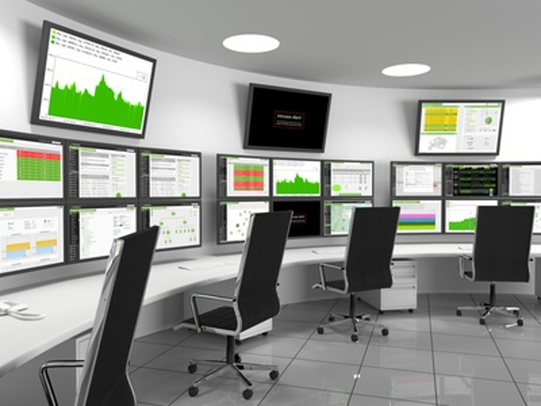
Environment sensors that will help you increase efficiency include:
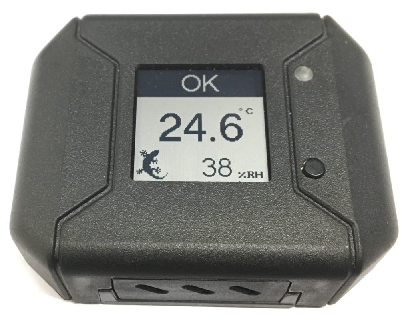
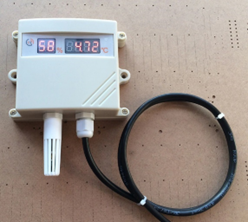
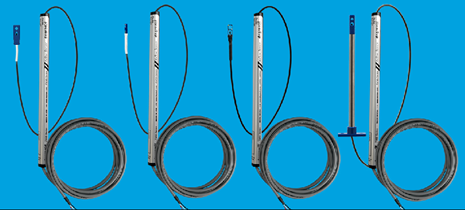
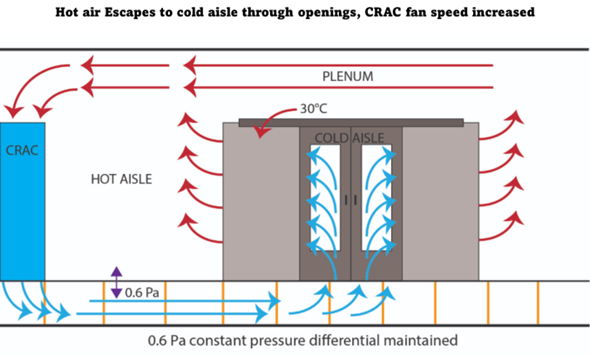
Understanding differential pressure zones and airflow allows you to:
Sensors are easy to install and cost-effective and allow you to remotely monitor the conditions of your data center, know where opportunities to improve energy efficiency are, and ensure that your efficiency initiatives are not putting your equipment outside of recommended ranges and increasing the risk of downtime.
Tri-Paragon’s DCIM as a Service using Sunbird’s DCIM software is one of the few solutions on the market that focuses exclusively on two of the biggest and costliest challenges data center operators face: monitoring and operations. And unlike other DCIM providers, who offer overly complex, bloated, and expensive software, Sunbird’s solution is easy to use. It provides the ability to better manage assets, change, and capacity; and enables power monitoring, environmental monitoring, and energy management.